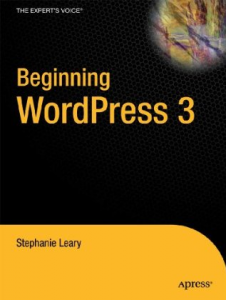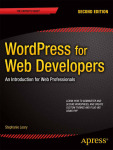
If you’ve read Kristina Halvorson’s article on A List Apart or her book, Content Strategy for the Web, you know how important it is to audit your content once you’ve published it.
For years, I’ve used Jeff Veen’s content inventory spreadsheet, but copying all those titles and URLs is just tedious as hell. What’s the point, when your CMS already shows you a big table of all your content, and assigns a unique ID to everything?
Content Audit lets you create a content inventory right in the WordPress Edit screens. You can mark content as redundant, outdated, trivial, or in need of a review for SEO or style. The plugin creates a custom taxonomy (like a new set of categories) that’s visible only from the admin screens. Since the content status labels work just like categories, you can remove the built-in ones and add your own if you like. You can also assign a content owner (distinct from the original author) and keep notes. The IDs are revealed on the Edit screens so you can keep track of your content even if you change titles and permalinks. The plugin supports the new custom content types in 3.0.

The plugin also creates three new filters on the Edit screens: author, content owner, and content status. This should make it easy to narrow your focus to just a few pages at a time.
You can display the audit details to logged-in editors on the front end if you want, either above or below the content. You can style the audit message.
I’m running this on a couple of sites now. On the one that I’ve just imported into WordPress, we’re performing a one-time audit to see how things need to be updated and reorganized. On another, much larger site, we’re just leaving the plugin activated so we can track the content on an ongoing basis.
Once you’ve installed the plugin, visit the Settings screen to set your status labels (redundant, outdated, trivial) and choose which content types (posts, pages, and/or custom) should be audited.

If you want to see sparklines from Google Analytics, also install the Google Analytics Dashboard plugin. This will give you some idea of how popular an article is, which might influence your decisions.

Content Audit requires 3.0. (Good reason to try out the release candidate, right?) You can download it from WordPress.org.




Leave a Reply